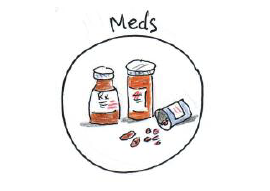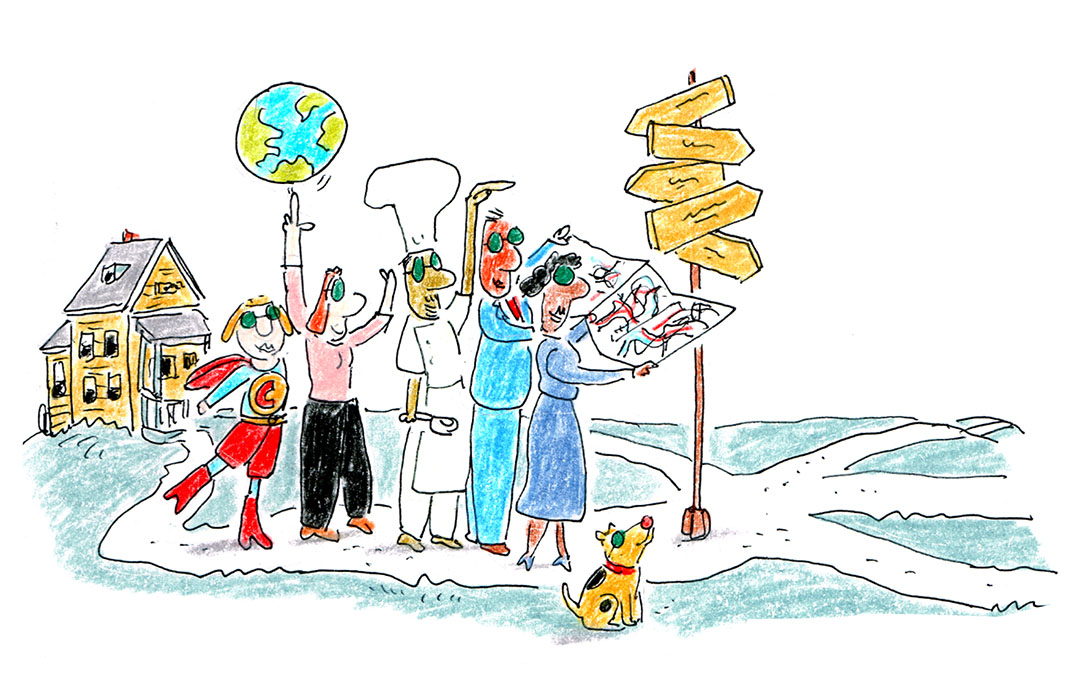 The following guidelines will assist you in this task.
The following guidelines will assist you in this task.
- Whenever possible, work with and through members of the household containing a vulnerable individual, or with outside caregivers, family members or close friends.
- Help individuals develop a reliable and robust support network for an emergency or evacuation that includes household members, caregivers and immediate neighbors. If you choose to be part of this make sure person is not dependent on you as you may not be available.
- Minimize the time you spend inside the house or apartment of the individual and if possible, always try to have a trusted caregiver or family member present.
- To strengthen the individual’s resiliency encourage the person to complete as many actions as possible by him or herself or with the aid of a caregiver or family member.
- Provide simple and straightforward assistance related only to the resiliency actions, and avoid getting involved with health conditions. Some of the special issues to emphasize in the program actions include:
- If the individual relies on medication it is important that they have extra supplies on hand and in their Go Bag
 .
. - Place in easily accessible locations one or several phones that can function in a power outage.
- Have an alternative source of light (flashlight or head lamp) close at hand.
- Develop an evacuation plan that includes getting help from a support network drawn from family, friends and caregivers.
- Do not spend your own money and do not take any money or any other reward in return for assisting a vulnerable individual.
- If logistically possible, encourage the individual or household member to join a future Cool Block team to strengthen their resiliency and support network.


